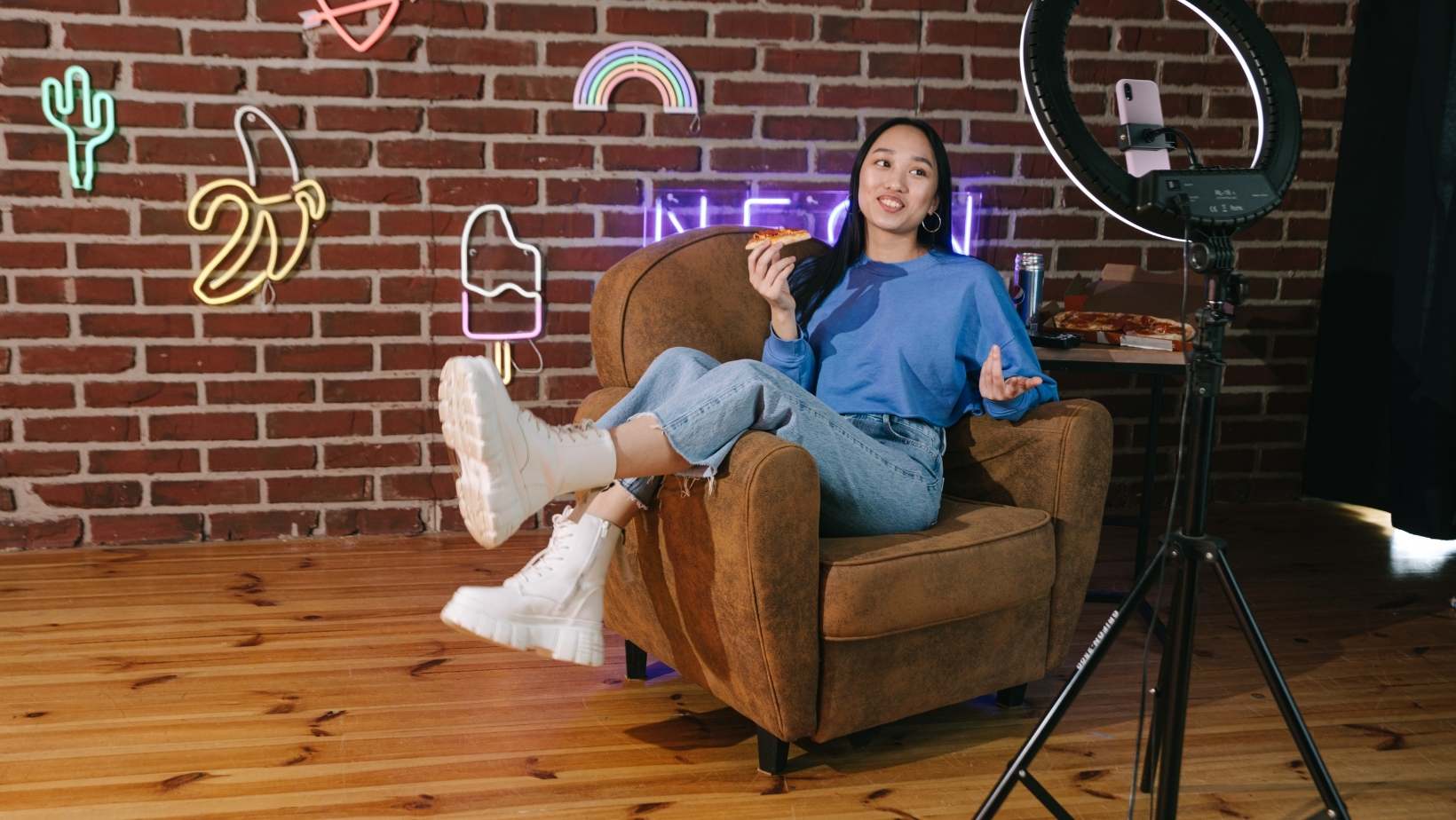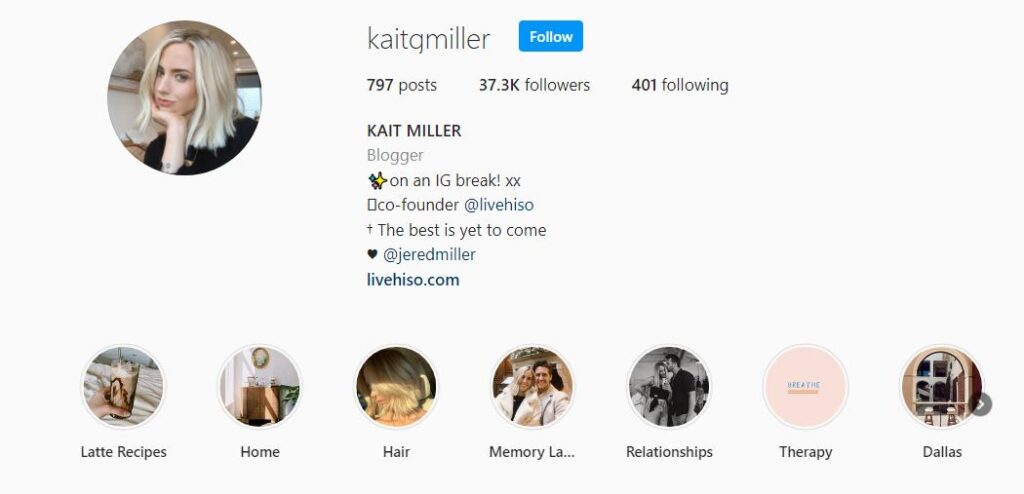
Micro-influencers are ordinary everyday people who become popular for their knowledge of some specialist niche. These people, because of their domain knowledge, have gained a substantial social media following. These followers are not here just for the sake of it, but they are actually enthusiasts of the domain, called niche.
The general perception is it is all about the number. But it is not. These followers show a level of influence. This is a relationship or affiliation a micro-influencer has with his or her followers.
Over 93 percent of consumers trust micro-influencers over celebrities or traditional ads. Micro-influencers typically guide people to buy whatever they recommend nearly 80 percent of the time.
Page Contents
Who are Micro-Influencers?
By now we all have one way or the other must have noticed social media influencers. They are quite famous.
According to one study, the global influencer industry is now worth an estimated $20 billion and it’s just getting bigger and bigger every single day.
It is a fallacy that influencers with huge followings can make big money. The reality is that there is a prospering niche within the industry that big brands have started noticing.
The nature of influence is changing too. As these micro-influencers are becoming more common and useful that some have risen from isolation to being a traditional celebrity-like status. And all this is specifically with Generation Z, who we know spend more time on the internet than watching television, etc.
It is a fact that micro-influencers are the future. The internet has led to the fragmentation of the media into many small niche topics. Even if you are into something relatively unknown, there will be someone on the Facebook group, Instagram or YouTube devoted to it. And it is these niche areas that make micro-influencers establish themselves as genuine influencers.
According to a 2016 Twitter study, nearly 40% of Twitter users state that they’ve made a purchase as a direct result of a Tweet from an influencer they follow.
Definition
A micro-influencer is someone with a social media following big enough to surpass or exceed the norm as well as a little as the celebrity’s. These are individuals who use their following to find and purchase products that are relevant to their niche expertise or interests.
What is a Micro-Influencer?
As we have learned, a micro-influencer may not have a huge following on social media. However, that doesn’t mean that an average Instagram user with 100 followers could leverage their following and become a micro-influencer.
A question comes to our mind, how many followers does a micro-influencer generally have?
Well, a micro-influencer will have a following of somewhere from 1,000 to 100,000 followers.
This might sound like a small number in the world of social media where there are teenagers having millions of followers. It is important to understand that a micro-influencer is different. They don’t have huge numbers but have an extremely loyal and highly targeted follower base. They have tried sincerely to educate their audience. And now they are in a position where their followers trust them and even look to them for endorsements, tips, and advice.
In fact, a 2019 Edelman report informs us that 63% of consumers between 18 and 34 years old generally are more trusting of what influencers say about a brand than how a company shows itself in its advertising.
A micro-influencer will also usually specialize in one specific niche. We can also find that many will even be hyper-focused on one segment. It is like a niche within a niche. Example of T-shirts within the clothing domain.
As a general trend number of followers between 1,000 and 100,000 is the minimum threshold to become a micro-influencer. They belong to a specific niche, sharing their prowess with their audience. It is well known that a micro-influencer with a high engagement rate also has an influential presence on social media.
Why are big brands interested in Micro-Influencers?
The job of influencers revolves around trust and growth. In marketing, these are the two biggest drivers of conversions. Simply put, turning viewers into customers.
Big players or major influencers with massive followings to promote all kinds of products and services have their own place in marketing.
However, brands are now appreciating the fact that getting those same products for the hyper-targeted audience provides the biggest return on investment.
Another important support micro-influencers provide is the opportunity for brands to have multi-market visibility. The reason? It is cheaper to hire micro-influencers. Brands or marketing agencies like to engage them for their campaign runs.
They often engage many influencers of different ages and demographics. This allows diversity and inclusion and helps brands to enhance their brand image. This, in turn, increases brand loyalty and trust, contributing to a higher conversion rate and ROI.
According to Hootsuite, when it comes to engagement, anything between 1 and 5% is considered satisfactory. With a whopping 5% engagement rate, micro-influencers outperform every other tier, signaling just how invested and trusting this audience segment is of the Micro-influencer in question and the product/services that they promote.
As a result, this influencer segment yields the highest probability of customer acquisition.
In various fields, micro-influencers normally have between 1,000 and 1,000,000 followers or audience members and are considered as experts in their fields.
So, technically speaking, a smaller audience gives users more real-time interaction, and we know it is one of the greatest marketing techniques out there.
For instance, a hardware company that manufactures tools specifically for car repair will have more comfort working with a micro-influencer who specializes in car maintenance than a generic car expert.
The reason is the same, that micro-influencer has a much more targeted audience who have already expressed an interest in car maintenance plus the trust factor that the influencer enjoys. A sure-shot advantage.
What are the benefits of Micro-Influencers?
The most important aspect of a micro-influencer is cultivating a sense of trust. They instill this in their audience for a greater benefit.
Audience Reach
We see start-ups around us. Initially, when they have just started, they would need to have an audience reach. In order to grab the attention and to engage the audience, it is in their best interest to make use of the power of micro-influencers.
The reason is these influencers are individuals who already have a good number of established audiences. Those audiences follow them via their Instagram posts, by listening to their podcasts, and follow them on LinkedIn, and other media channels.
The benefit?
An influencer who will be in collaboration with the brand will present the product, recommend the services, or honestly give their opinion or reviews the product, which would mean the audience will also see the product and in subconscious mind already have liked the product.
And on top of that, when that influencer is working in the same domain as the brand, the opportunity is enormous.
Moderated Cost
More the followers, the higher the paycheck for the micro-influencers.
Social media influencers having a reasonable number of followers is bound to be costlier, even by mentioning the brand name on their content, earn big time.
All these simply mean that in the due course of a campaign and with multiple channels of promotion, the cost just skyrockets. This is rather discouraging for a company that finds ROI dropping.
This is exactly the situation micro-influencers beats the traditional methods. Not saying, that they are cheaper to engage. However, they prove to be pretty inexpensive in the grand scheme of things.
Since they know what kind of value they can create for a brand and charge accordingly.
What more? A much better customer conversion rates. Hence greater return on investment for brands.
Credibility
As we have already understood, a micro-influencer will have a focused niche. That will help them promote brands or products that are relevant to that niche.
So, this level of trustworthiness is what makes their audience confident. This would lead to increased sales.
We all have come across influencers who will bring out some random product that is not associated with their niche. Still, they promote them. No doubt this type of recommendation may sell a few products. Yet it is a no match that an authentic endorsement from an influencer with a legitimate interest in the product could have.
It is said that over 60% of users trust recommendations from an influencer that they follow. This positive endorsement naturally results in followers trying the product as well.
Customer Inputs
When a brand associates with an influencer, it can help design the campaign by utilizing sponsored Instagram polls and posts.
They will make customers ask certain questions about the brand or the products. Inputs in terms of pros and cons of the product or what they would want more in the future.
Naturally, this provides enough info to fine-tune the products and provide customers with what they need.
Examples of Micro-Influencers
Kait Miller is a fashion blogger and mental health advocate from Dallas, TX. This famous influencer is very open about her battles with mental health. She uses her platform to share worthwhile posts and resources for anyone who would require them. Moreover, she also shares about her life from home decor and beauty to relationship advice and everything like these.

(Instagram.com)
Fashion blogger from New York and an ex-lawyer Alina Gavrilov is one of the Top Fashion Micro-influencers who need special mention. She calls herself the “Blazer Queen”, Alina showcases her daily classic and feminine style and 9 to 5 office outfits for young working women to draw inspiration from. According to her, simplicity and versatility are essential to recreate an everyday look for work or play.

Spotify
Another huge brand that collaborated with micro-influencers was Spotify.
The company once was looking to promote their Discovery Weekly feature and reached out to micro-influencers to post impressions and mention their playlists online.
The campaign was a massive success and hit around 30,000 likes and comments with an engagement rate of approx. 2.37%. The surprising fact was they paid just 20 cents per engagement.
This is called a win-win situation. More engagement lesser cost.

Adobe
Another giant Adobe is associated with micro-influencers. Though it isn’t something new to Adobe, they have been doing it for a while.
For this particular campaign, this company teamed up with lifestyle bloggers to promote their photo editing software.
Bloggers took social media channels to promote amongst their audience about the experience. This continued for a few months. They used the software and shared their enhanced images to showcase the capabilities of the editing software.
Blogger Tieka Ellis was one such influencer who wrote about Adobe in her blog. It’s potential and how the product helps make her images even better.
Conclusion
A micro-influencer’s engagement rate is what a brand is looking for. And they can increase it by increasing conversion rates. The simple reason is they are closer to their audience and have a smaller yet loyal following.
A micro-influencer is way more cost-effective than celebrity influencers. There is no denying that big influencers had a larger reach in terms of followers. But it is important to understand that micro-influencers had a greater engagement rate. This increases the visibility and credibility of the business.
They have a more positive, genuine voice than the more famous brands.